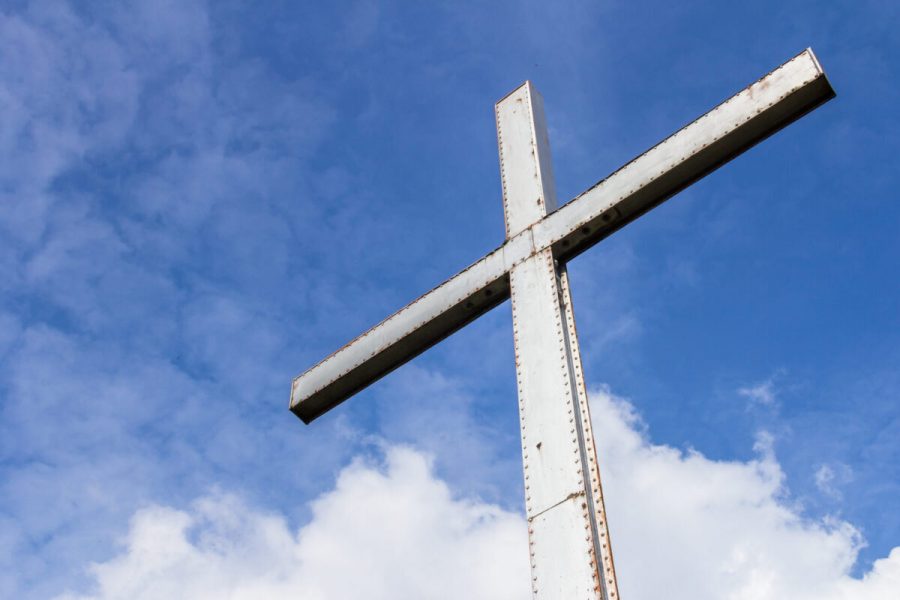California passed the Therapeutic Abortion Act on June 14, 1967, becoming the third state that year to drastically revise its abortion legislation after continued pressure from the second wave feminist movement. Members of the movement claimed women could only be true citizens once they had the ability to control their respective reproductive systems, which California responded to by allowing licensed physicians to perform abortions if there was, “one, substantial risk that continuance of the pregnancy would gravely impair the physical or mental health of the mother; [or] two, the pregnancy resulted from rape or incest.” Prior to this, the state could punish an individual helping procure a miscarriage for any woman seeking an abortion to two to five years in prison unless it was absolutely necessary to preserve her life.
In 1967 there were only 518 legal abortions performed in California—by 1975, the annual average became around 100,000. The governor at the time signed the act just six months into office and alleged it had been “a subject I’d never given much thought to”— that governor was Ronald Reagan.
Traveling east down I-70 today, two dark blue billboards emerge to the left of the coming traffic with bold, white text reading, “‘I’ve noticed that everyone who is for abortion has already been born.’ – Ronald Reagan.” How could the same person famous for his pro-life beliefs as president sign such an indisputably pro-choice bill? Furthermore, how did he manage to maintain having no formed opinion on such a polarizing issue? Though part of it was a politically calculated move, much of it was possible because, at the time, abortion was not as contentious of a political issue.
The true reason why abortion, a purely medical operation, has become such a dividing aspect of American politics is its increased religious meaning among Christians, tearing down the traditional backbone of autonomy in American society. However, the concept of autonomy is often selectively applied, as seen in the hesitance to getting the COVID-19 vaccine in the name of autonomy and the contradictory opposition to allowing women to get an abortion by many of the same individuals.
This selective application is a direct product of America’s politicization of certain issues seemingly related to religion; some refuse to take the COVID-19 vaccine because they believe, “It would be God’s will if I am here or if I am not here,” while others believe abortion at any time of a pregnancy is equivalent to ending a life.
Before the landmark Supreme Court case Roe v. Wade, which legalized abortion in all fifty states, the pro-life effort consisted of fragmented groups of Catholic doctors, nurses, lawyers and housewives joined by a few Protestants, Mormons, Orthodox and, later on, Evangelical Christians in the National Right to Life Committee. The anti-abortion movement was small, scattered and focused on delaying abortion reforms in their respective state legislatures. Abortion-rights activists disputed that anti-abortion efforts attempted to force Catholic values on a diverse American society, inadvertently causing the opposition to claim in the future that they were acting on behalf of protecting civil and human rights, not religion. Paradoxically, the 1973 Roe v. Wade decision caused disparate pro-life groups to band together in order to challenge the law in a continued fight for a constitutional amendment banning abortion. The development of tools and technologies that helped create pictures of in-utero and aborted fetuses, fetuses in jars and ultrasound fetuses by the 2000s humanized the embryo and shadowed the pregnant woman. Pro-life advocates used these images and similar graphic descriptions to depict the fetus as a baby, enabling them to form a political pitch pushing fetal activism to the center of American politics.
Both moderate and radical pro-life groups were able to make abortion a focal point in conservatism and a major topic on which Christians interpreted their religion and politics, successfully making their views coincide with those of the Republican party in the 1990s. Pro-life conservatives were able to pervade America’s founding principle of autonomy by permitting fetal rights to fall under it while disregarding the bodily autonomy of women.
While political alignment has long defined abortion views, the partisan gap has widened over the issue, along with attitudes associated with religious affiliation. As of this year, 80% of liberals and those leaning toward the left believe abortion should be legal in all or most cases, while only a third of conservatives and those leaning toward the right believe similarly. This is up from the 33% gap in 2016 between the two groups. Interestingly, 77% of white Evangelical Protestants believe that it should be illegal in all or most cases, as about two-thirds of white non-Evangelical Protestants believe the contrary. Catholics, who were the main proponents of the pro-life movement, are relatively split on the decision, while on the other hand, 82% of religiously unaffiliated Americans are in support of abortion access.
“Though church and state are supposed to be separate in our government, religious values are being forced onto women seeking to carry out their constitutional right of bodily autonomy by pious activists.”
With the apparent divide between Christians and non-religious Americans, it is interesting to note the dissidence among different Christian denominations. This taken account with the fact that the majority of Buddhists, Hindus, Black Protestants, Jews, Muslims and other Christian creeds believe that abortion should be legal in most if not all cases shows how unique the divide is to America and white Evangelical Christians. Around a quarter of the latter still refuse to get vaccinated for COVID-19, again bringing up the increasingly perplexing, fickle understanding of autonomy in the U.S. today.
The Declaration of Independence protects Americans’ individual rights by giving them the right to “life, liberty, and the pursuit of happiness,” but the progressively religious resistance to abortion reform laws and abortion over the years threatens to number the freedoms of not only women, but also members of the LGBTQ+ community, who are often posed with inequitable footing in the reproductive rights discussion. Though church and state are supposed to be separate in our government, religious values are being forced onto women seeking to carry out their constitutional right of bodily autonomy by pious activists. Politicians need to address abortion reform as an actual civil and human rights crisis for women, not a debatable idea they can use to attract a voter base. At the moment, however, there seems to be no slowing down of the pro-life movement as more laws pass in its favor. For women to truly become citizens, the inconsistent outlook on issues of bodily autonomy among religious and conservative political groups in America must be resolved in order to display abortion as the bipartisan matter it really is.
Does religion impact your opinion on abortion access? Let us know in the comments below.















































































